Hello and welcome to another edition of Substack Reads, where we aren’t short of great voices to bring to your attention.
This week, Marc Rubinstein writes on the demise of Silicon Valley Bank, Katy Hessel champions the life and work of late British sculptor Phyllida Barlow, and Martha Lane Fox looks at how major global deals were negotiated.
And thanks to the readers who made excellent suggestions in last week’s thread, some of which you’ll see here. Let us know which writers, podcasts, and posts you’re obsessed with by leaving a comment below.
FINANCE
Behind the rapid collapse of Silicon Valley Bank
Former hedge-fund manager Marc Rubinstein unpacks what caused the demise of America’s 16th largest bank
—
in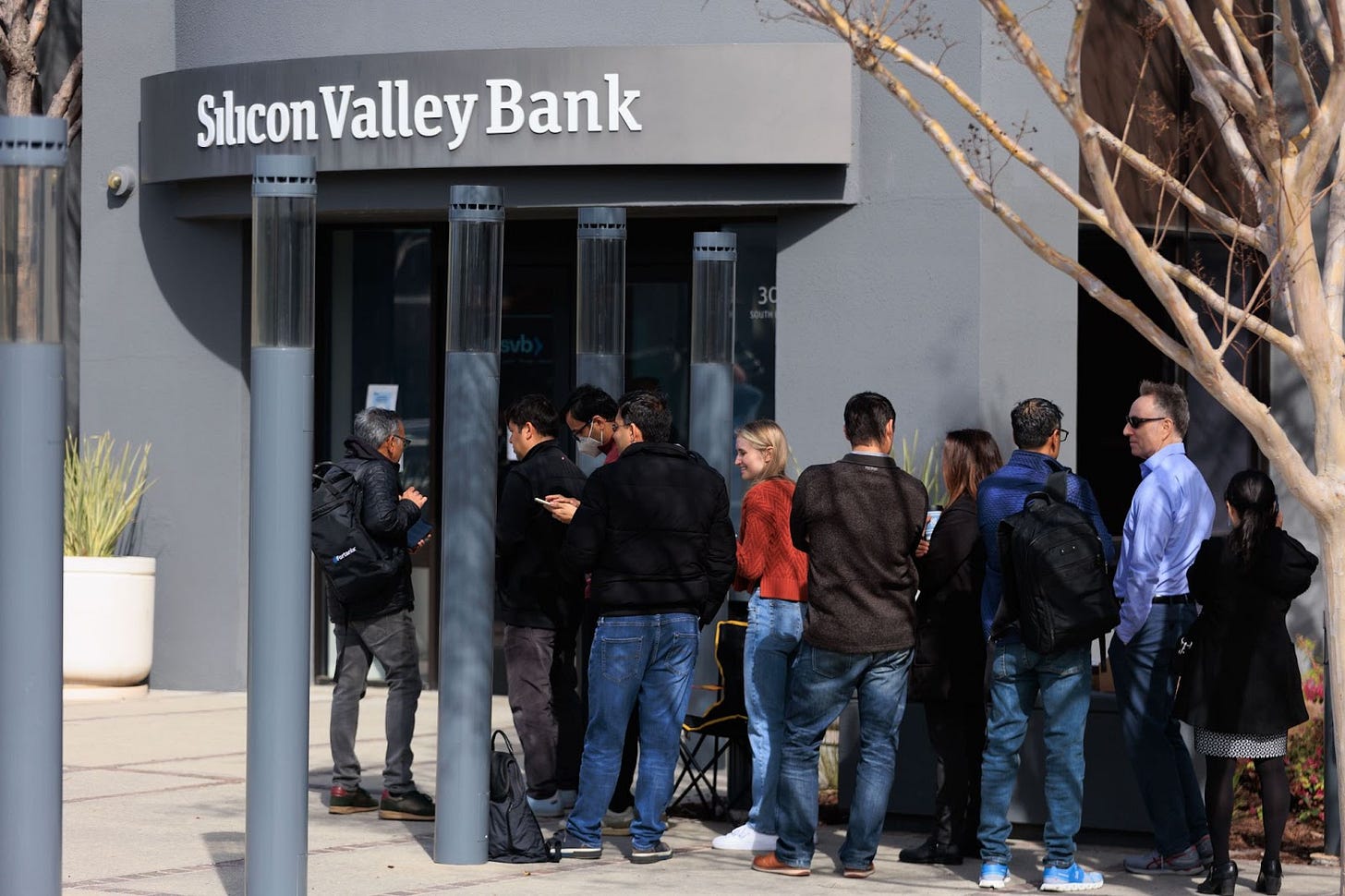
“When you’re not working, what do you do to de-stress?”
That was the last question Greg Becker, CEO of Silicon Valley Bank, fielded at an investor conference on Tuesday this week.
“Cycling is my advice,” he replied. “Living in Northern California and being on the peninsula. That’s just—I think it’s the best bike-riding, cycling in the world, period.”
Three days later, Becker’s bank is in receivership.
ART
The sculptor who shaped British art history
After the death of British sculptor Phyllida Barlow this week, writer Katy Hessel shares favorite quotes from her interview with the legendary artist, who changed how we experience the medium
—
in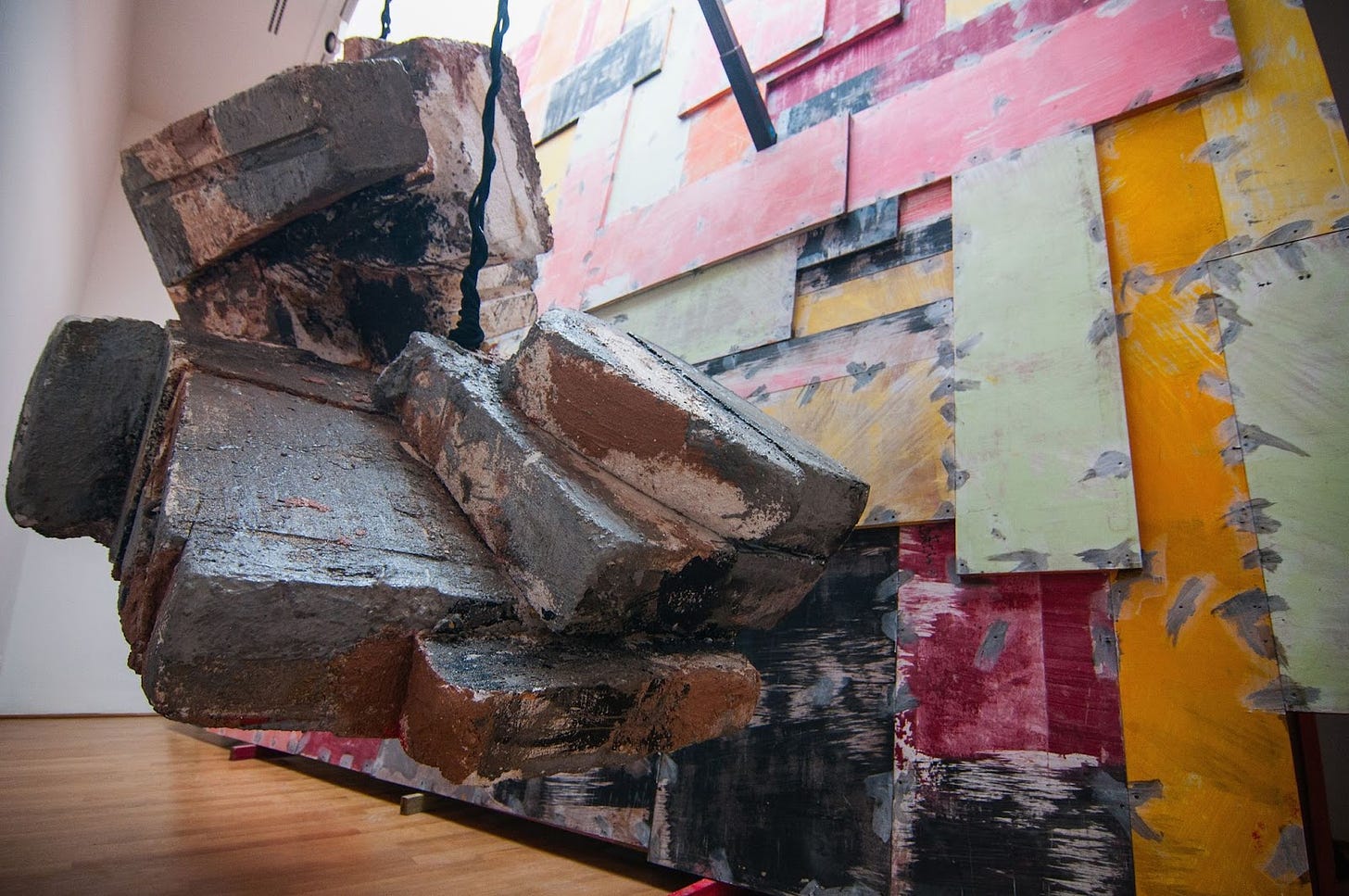
“I think the relationship of a warm-blooded creature versus an object that is still and silent—which is essentially what I think sculpture is—for me is the sort of fundamentals. Sculpture is in our everyday lives the whole time. Crossing the road with a lorry coming towards you is, in my opinion, a sculptural experience, where you as a flesh-and-blood object [are] up against the thing that isn’t. And one’s emotional and psychological assessment of that all happens in a flash.
To me, there is a big, sculptural presence there because of the way that large lorry is constantly displacing space as it comes towards you—so the track that is left behind, which is now empty, was once filled. And that’s what I think we do when we’re interacting with sculpture: the space is filled. As we walk around it, we are constantly losing an image of it and finding a new image. So quite a large part of what sculpture is, [is] not necessarily visual. And I think that’s quite shocking. [It’s] a state of affairs that we’re assessing.”
MARKETING
The unstoppable machine of Taylor Swift
With her Eras tour kicking off this week, Taylor Swift is set to become the highest-grossing female touring artist of all time, and she’s still just 33. Rex Woodbury looks at what the world of business can learn from her marketing and brand- and community-building
—
inIn Nashville, RCA Records discovered a young Taylor Swift. But there was one problem: they didn’t want her to be a country singer-songwriter. RCA looked at the data, and they saw country music on the decline with young listeners; they looked at Swift, and they saw a teenager they thought they could mold for a more lucrative segment of the market. They could give Swift other people’s songs to sing, and she could be a vessel for the label.
They were wrong, of course.
Swift rejected RCA’s offer, unheard of for an up-and-coming artist. Swift later reflected, “I didn’t just want to be another girl singer. I wanted there to be something that set me apart, and I knew that had to be my writing. Basically, there are two types of people: people who see me as an artist and judge me by my music; the other people judge me by a number, my age, which means nothing. It’s not really a popular thing to do in Nashville to walk away from a major record deal, but that’s what I did.”
GARDEN KITCHEN
The most underrated garden plant of all
Author and cook Mark Diacono shares a video digest on the Japanese quince, why it is one of his favorite plants, and how it can be harvested to make jellies, drinks, and more
—
inMost mornings, I am out of the house within 10 minutes of being awake, having persuaded a snoring hound to give up his corner of the duvet for the promise of being happily chased by a randomly encountered dog and a breakfast of rabbit poo. A few minutes from the sea, we pass a narrow garden where the postie has to duck to keep the lowest branches of a Japanese quince from dislodging his wooly hat. Over the last six weeks, this tree, 12 feet at its peak, has flooded with pale blossom and tight buds. Every few days its hair seems to have grown.
It seems impossible it can be the same species as the untidy couple-of-feet-high bush below the dining room window in the film above, or either those growing as a short hedge or the one fan-trained at Knightshayes.
On this coldest of days, when the smoke hits cloud and drizzle as soon as it leaves the chimney, any optimistic signpost that the seemingly impossible—that it might be light, bright, and warm again—will come to pass, is so welcome.
I’m not sure there’s a better plant for that than Japanese quince. You might even be able to catch a hint of its spicy summer-into-autumn scent not completely washed from windfall fruit by a winter of rain.
Motherload
Fifteen years ago, Laura Pashby became a mother and started writing: two central threads to her life always tangled tightly together, though the balance is about to shift
—
in , recommended byI close the front door behind me, wriggle toes into slippers. The house is cold and silent, discarded with the empty breakfast bowls that lie on the table. I count almost exactly six hours of stillness before I will hear the clatter of my eldest son’s feet on the steps outside. Making my way upstairs—ignoring for now the strewn pyjamas, dirty socks, stray hairbrush dropped on the landing—I continue up a second flight to my tiny loft room, where books are stacked in teetering haphazard piles. Around the walls I have stuck photographs, postcards, and a flock of post-it notes with phrases copied in pencil. On my laptop screen, I pull up a window that shows me other mother-writers, each beginning their own snatched hour of stillness. An orange cardigan hangs on the back of the chair, and I pull it around my shoulders as we sit down to write—together but alone.
BUSINESS
The power of negotiation
In the wake of the U.N.’s landmark treaty to protect the ocean environment, British dotcom entrepreneur Martha Lane Fox looks at influential negotiations of the recent past
—
in
Perhaps it was all those saved fish that made me think of the classic movie Finding Nemo. Whatever the link in my mind, the surprise sale in 2013 of Lucasfilm to the Walt Disney Company was a great example of a corporate negotiating with patience. It was completely unexpected at the time, especially as George Lucas controlled the fabulously lucrative Star Wars franchise—an asset many people wanted to take over. Bob Iger, Disney’s charismatic chief executive, led the deal personally and apparently built up a rapport with Lucas over many years.
He spent time reassuring Lucas that it was the right decision to hand over his considerable creative legacy. He even had scripts drafted of the new Star Wars releases he had committed to making so as to show his seriousness about the deal. Iger told the New York Times, “There was a lot of trust built over a lot of time.”
Allowing for the unexpected, and often deeply personal, is another important takeaway for me from that Iger playbook. It is vital to remain open-minded about what is important to the other side. In the late 1990s, Nike was negotiating a huge deal with the Brazilian soccer star Ronaldo to endorse its products. The negotiations were almost derailed when Ronaldo’s agent demanded that Nike make a donation to a children’s hospital in Brazil as a condition. At first, Nike was hesitant to agree, but eventually it relented. This detail, which had nothing to do with the product endorsement itself, helped to build goodwill between Ronaldo, his agent, and Nike. The deal was signed, and the resulting advertising campaign became one of Nike’s all-time most successful.
PHOTOGRAPHY
Walking South L.A.
Freelance writer and photographer Chris Arnade spent 10 days in L.A. without a car, walking the streets to find stories of new industry, tacos, and homelessness
—
in , recommended byHollywood looms over Los Angeles, eclipsing almost everything else. It’s the resplendent thing that shines bright, defining L.A. as a city of well-to-do beautiful people posing for cameras. A place where out-of-touch elites concoct fantasies for the rest of the world.
That, however, is one very small part of L.A. Go almost anywhere south of I-10 and you find neighborhood after neighborhood of factories, warehouses, and truck depots. Of steel presses, rail yards, and logistical networks. Of “We’re hiring!” signs.
L.A. is a manufacturing town, not only of fantasies but of real things. Like aircraft parts, specialized windows, “forged ground engaging tools,” sliding glass doors, and many other of the mundane things necessary for our comfortable lives. It’s so manufacture-y that it can now claim, according to those who worry about these things, the title of the U.S.’s largest manufacturing center.
CARTOON
The Oscars, illustrated
Illustrator Liza Donnelly was back at the Oscars after two years for a live on-site drawing week. She shares some of her favorites from the night
—
inRecently launched
Congrats, too, to the following writers who went paid this week:
Special mention
On the third anniversary of launching
, announced DrawTogether Classrooms this week, offering a free resource for educators to provide art and social emotional learning to all children. Read more:Inspired by the writers featured today in Substack Reads? Writing your own Substack is just a few clicks away:
Substack Reads is a weekly roundup of writing, ideas, art, and audio from the world of Substack. Posts are recommended by staff and readers, and curated and edited from Substack’s U.K. outpost by Hannah Ray.
Got a Substack post to recommend? Tell us about it in the comments.








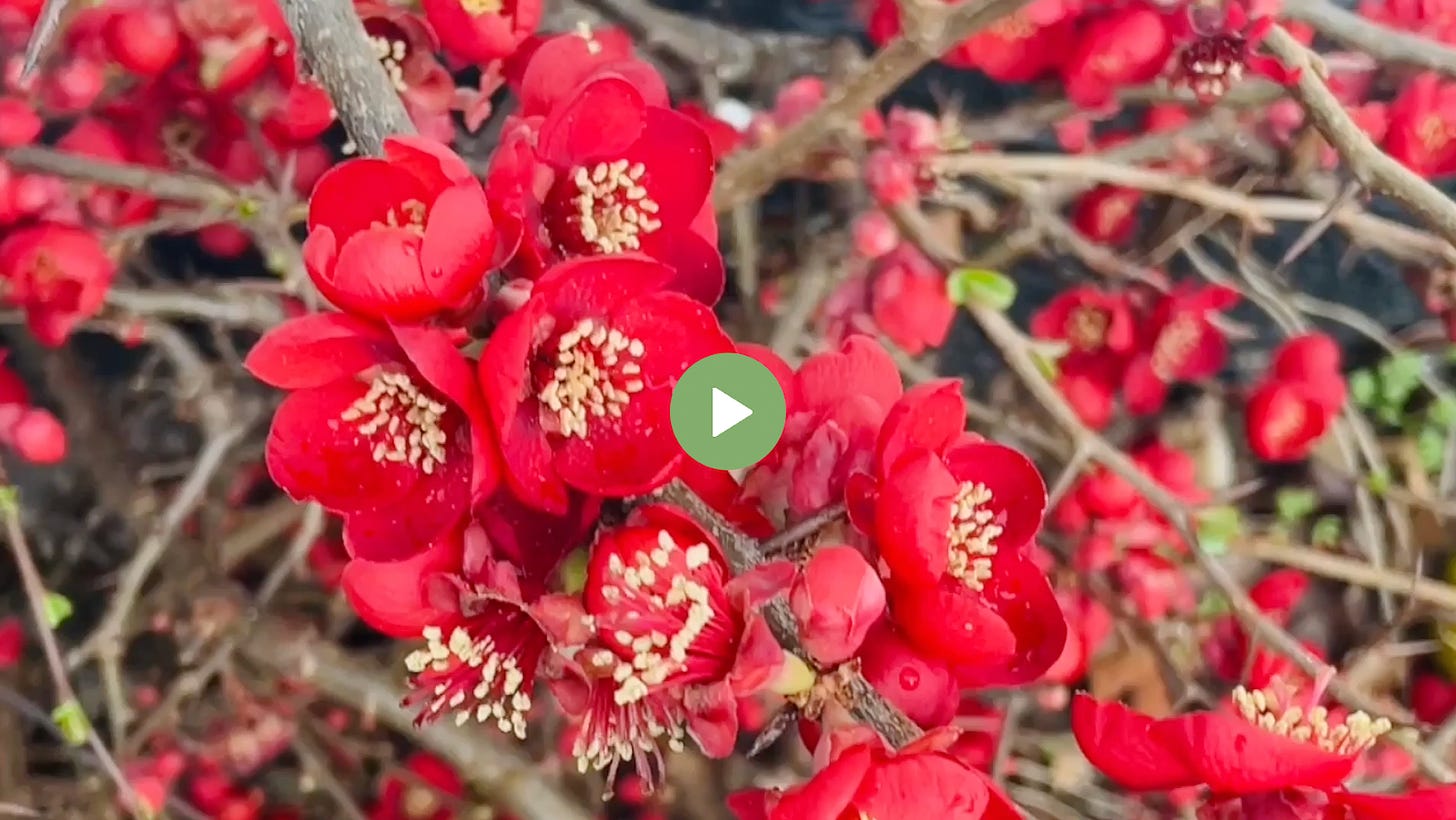


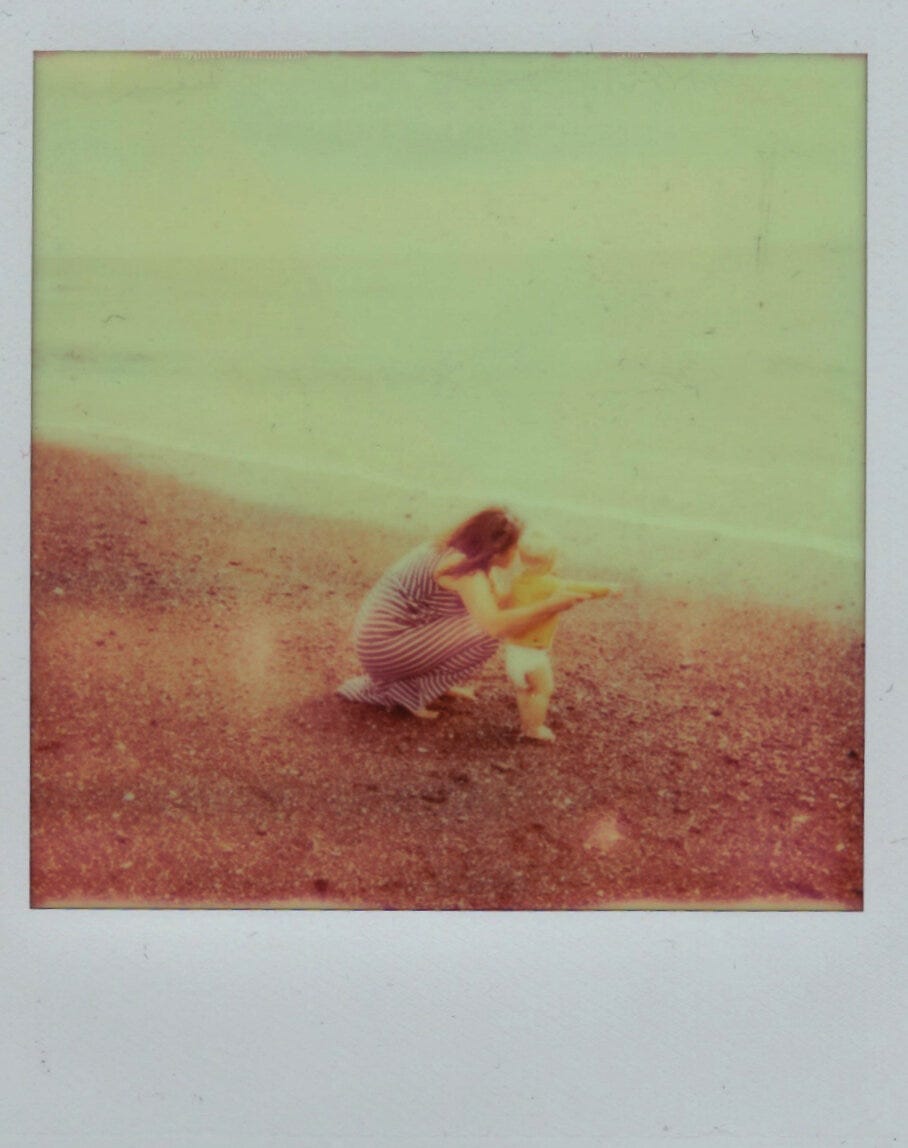


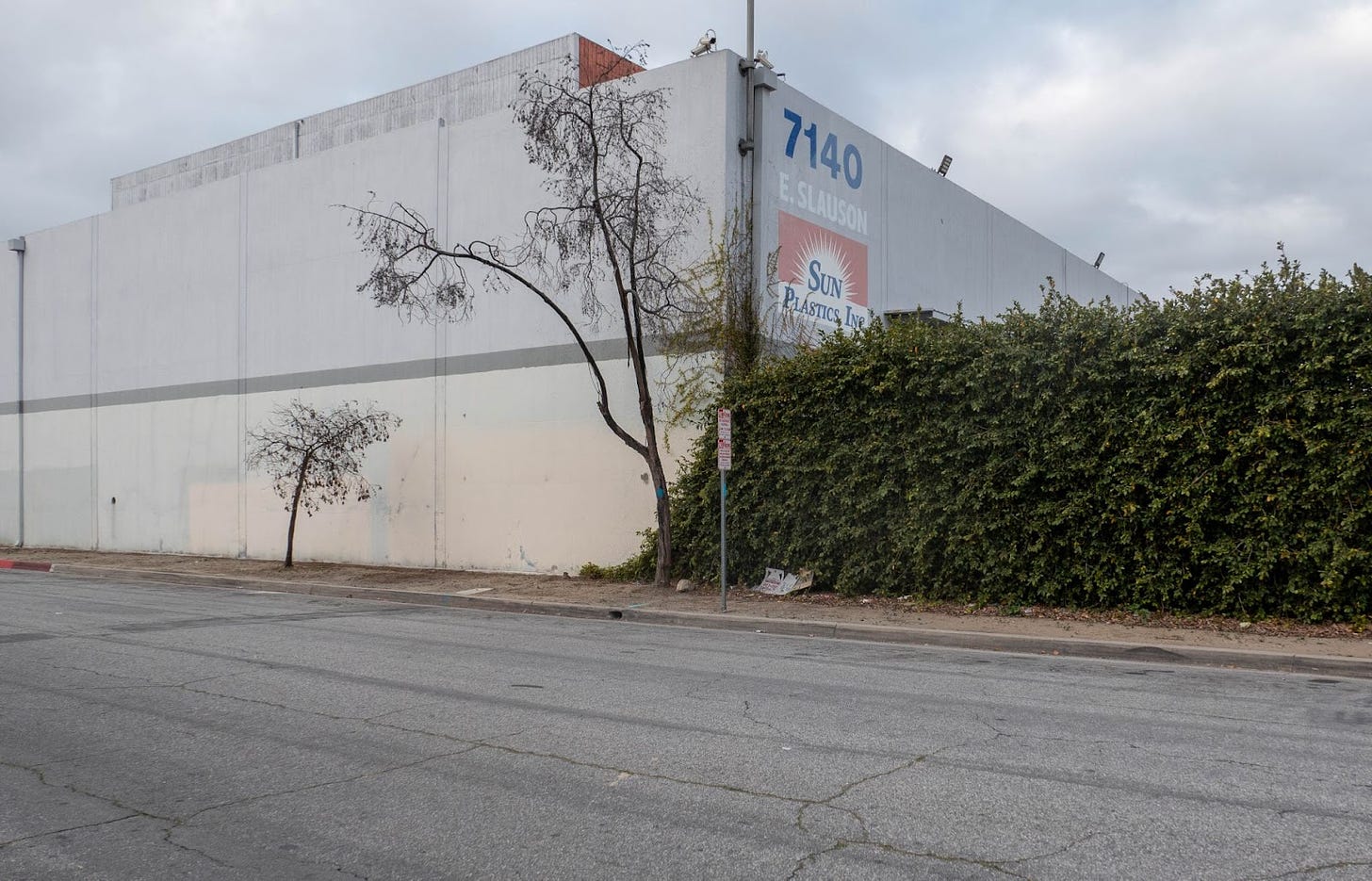

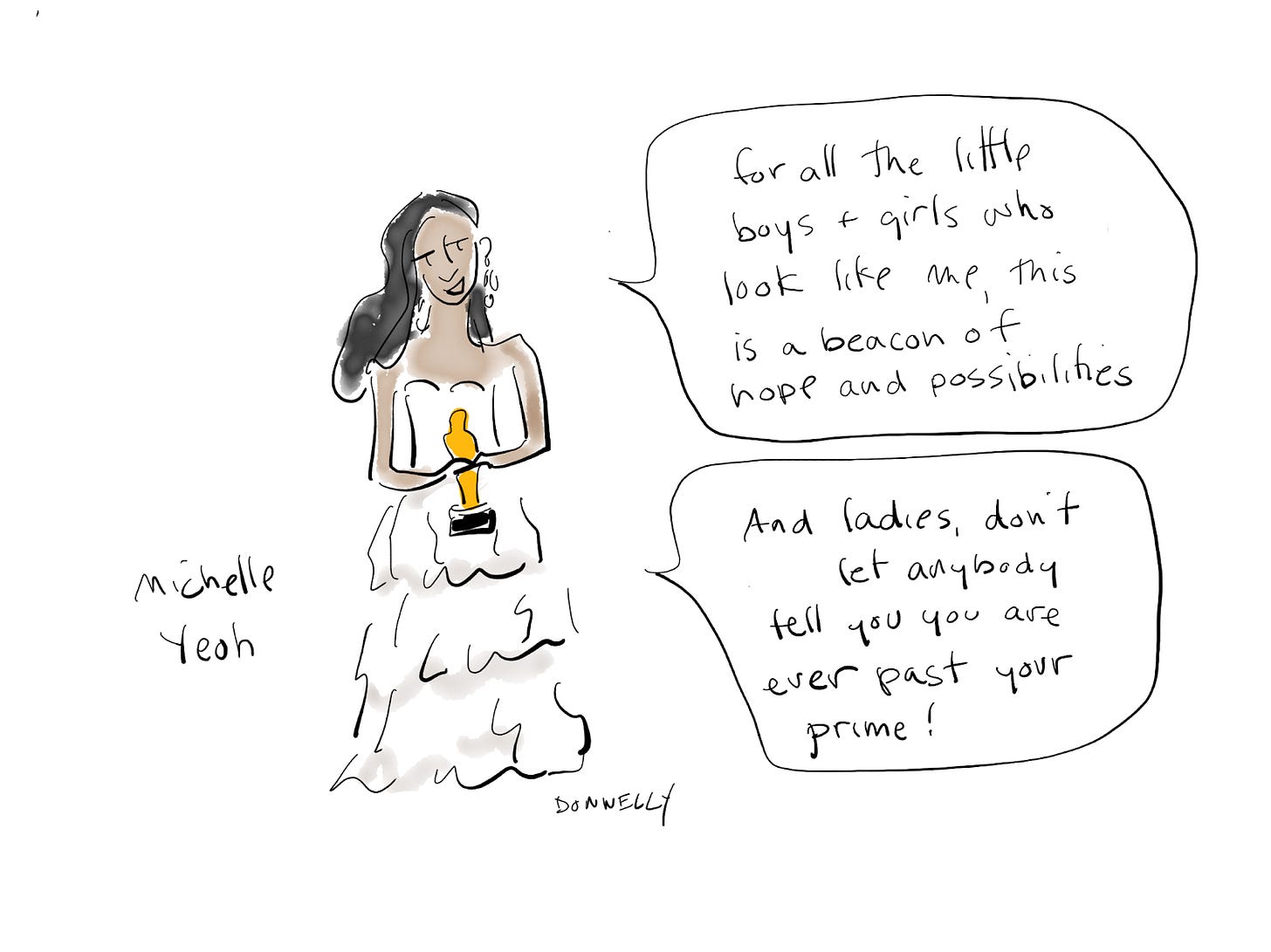


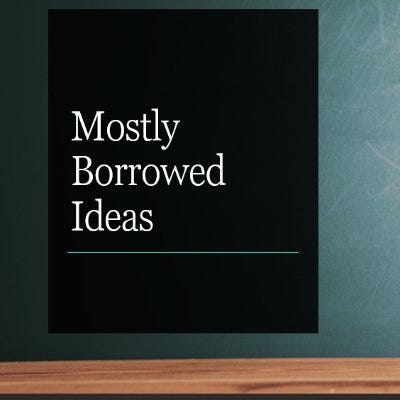









Which writers on Substack are you obsessed with this week? Anyone new to Substack you can’t get enough of? Share your favorite writers, podcaster, and their posts here in a comment...
And if you haven’t already, please take our reader survey, to tell us what you’d like to see more (and less) of on Substack Reads in the future: https://www.surveymonkey.com/r/K7RR2GX
I have nothing against art (I do landscape photography myself), but Substack Reads is over-promoting meta art content (essays about art, cartoons, paintings) on a platform about writing and learning! A lot of space is squandered that could highlight a broader array of content on the platform. There should be a meta section on Writing (essays about writing), yes. Not cartoons. Not painting. Not photography. Margaret Atwood's hilarious piece on dust-ups with trade editors should have been in this issue. I feel like there is no 'plan' (one based on the math of what is actually read) for Substack Reads and it feels like a dilettantish personal selection from Substack editors who live in NY and are into art.